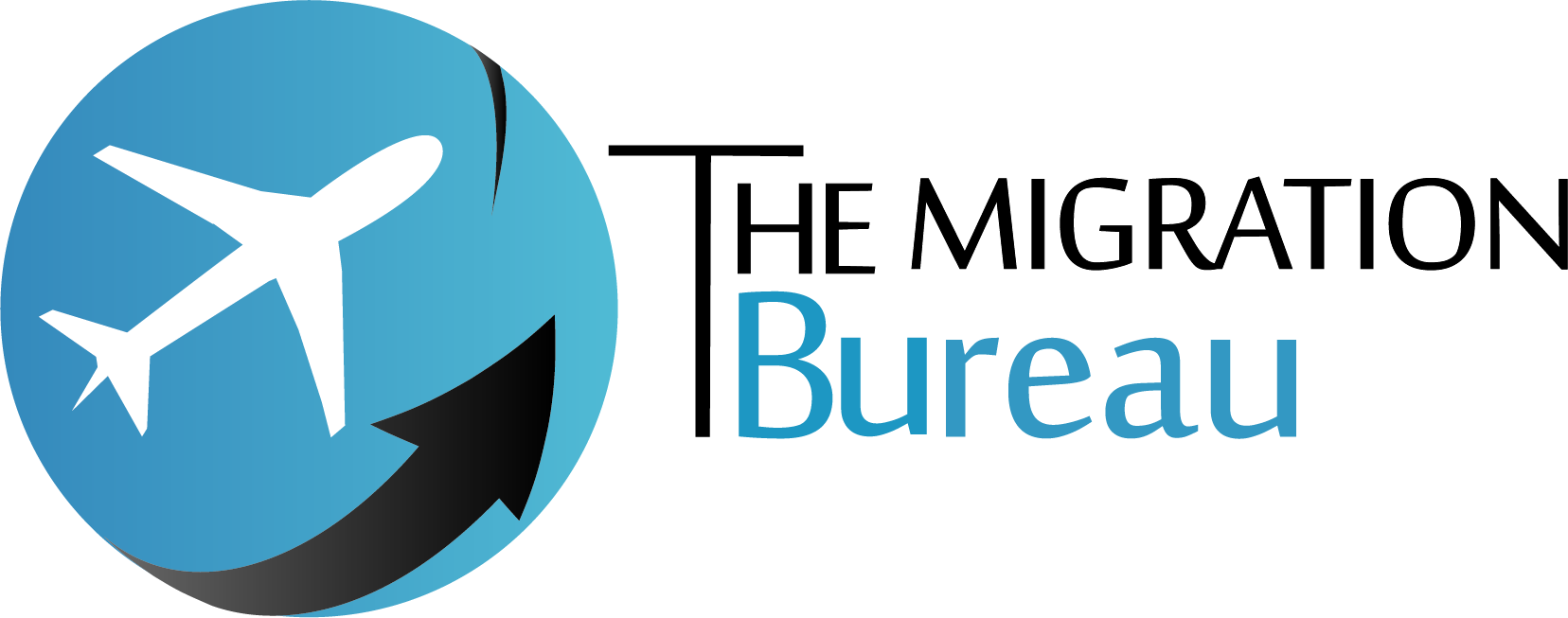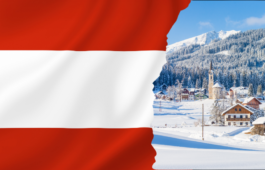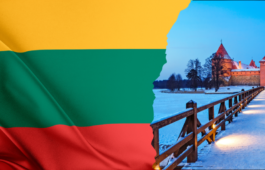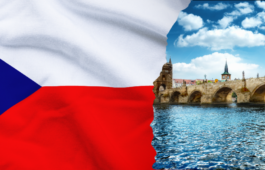- 8 April 2025
- Admin
- No Comments

“How to Live and Work in Svalbard Without a Visa: A Complete Guide”
Imagine a place where you can live and work without needing a visa, a work permit, or even a residence permit. Sounds like a dream, doesn’t it? Well, such a place actually exists—it’s called Svalbard, a remote Arctic archipelago governed by Norway.
But before you start packing your bags, let’s uncover the truth about Svalbard. Can you really move there freely, and what does it mean for living in mainland Norway? Here’s what you need to know.
Can you really move to Norway without a visa?
Technically, yes—but only to a very specific place: Svalbard. This remote Arctic archipelago is part of the Kingdom of Norway, but it operates under a different set of immigration rules. Unlike mainland Norway, Svalbard does not require a visa or residence permit for anyone, regardless of nationality. On paper, that sounds like an open invitation to pack your bags and head north. But in reality, moving to Svalbard comes with its own challenges. The cost of living is high, jobs and housing are limited, and the extreme climate isn’t for everyone. While the freedom of entry is real, the freedom to stay and thrive takes much more planning. Let’s break it down step by step.
Historical images and modern footage of Svalbard’s landscape
Svalbard is a group of islands in the Arctic Ocean, situated roughly halfway between mainland Norway and the North Pole. Despite its remote location and harsh climate, it offers a unique opportunity for people around the world. Thanks to the Svalbard Treaty of 1920, citizens from over 40 countries—including India, Pakistan, Nigeria, and many others—have the right to live and work there without needing a visa or work permit. This makes Svalbard one of the few places in the world with such open immigration rules.
But there’s a twist—while moving there is legally simple, actually getting to Svalbard and settling in can be quite challenging. Flights are limited, the cost of living is high, and the Arctic conditions demand preparation and resilience. Still, for those seeking adventure and a truly unique lifestyle, Svalbard offers a rare kind of freedom.
Transit Visa Requirements Explained
To transit through mainland Norway en route to Svalbard, travelers from countries requiring a Schengen visa must apply for one. Key requirements include:
Valid Passport:
Must be valid for at least three months beyond your Schengen departure date, with two blank pages.
Onward Travel Proof:
Confirmed flight tickets to Longyearbyen (Svalbard) and return tickets if applicable.
Accommodation Details:
Hotel booking or confirmation of lodging in Svalbard.
Travel Insurance:
Covers all Schengen countries with at least €30,000 for medical emergencies.
Financial Means:
Proof of sufficient funds via bank statements, payslips, or sponsor letter.
Double-Entry Visa:
Required to re-enter mainland Norway after visiting Svalbard, which is outside the Schengen area.
Important:
Always check with the Norwegian Directorate of Immigration (UDI) or your local Norwegian embassy/consulate for the latest requirements.
“Ensure all documents are accurate and complete to avoid delays or visa denial.”
Living in Svalbard
So, you’ve arrived in Svalbard—what’s daily life like? The main town, Longyearbyen, is home to around 2,500 people. Despite its remote location, it offers essential amenities like schools, shops, restaurants, and even a university.
However, it’s important to understand that Svalbard is outside Norway’s welfare system. There’s no access to free healthcare, unemployment support, or social benefits. You’re fully responsible for covering your own housing, medical needs, and living expenses.
Life here isn’t cheap. The cost of living is high, housing options are limited, and the Arctic climate is extreme. Winters are long, dark, and bitterly cold—often dropping below -20°C. It’s a challenging environment, suited only for those ready to handle its tough conditions.
Work Opportunities in Svalbard
Still interested? Let’s look at the job market. Most employment in Svalbard is centered around tourism, scientific research, and mining. There’s also a steady need for service staff—such as chefs, waiters, and cleaners—particularly in Longyearbyen’s hotels and restaurants.
However, securing a job can be tough. Employers tend to prefer candidates with relevant skills and prior experience. That’s why it’s important to either arrange employment before arriving or have enough savings to support yourself while you search.
Misconceptions About Moving to Norway
This is where many people get it wrong: while Svalbard is under Norwegian sovereignty, living there isn’t the same as moving to mainland Norway.
You can’t use Svalbard’s visa-free entry as a shortcut to settle in Norway. Mainland Norway has its own strict immigration rules, and if you plan to live there, you must go through the proper application and approval process.
Planning Your Move
If you’re considering visiting or relocating to Svalbard, proper planning is essential. Here’s how to get started:
Check Visa Requirements:
While Svalbard allows visa-free entry, travelers from certain countries need a Schengen visa to transit through Norway. Apply in advance and ensure it allows re-entry if returning from Svalbard.
Plan Your Transit:
Flights to Svalbard go through Oslo or Tromsø. Book connections carefully and allow time for immigration procedures.
Do Your Research:
Learn about Svalbard’s high cost of living, limited housing, and job availability. Understand the Arctic conditions and make sure your skills align with local job opportunities.
Thorough preparation will help ensure a smooth transition.
Conclusion: Is It Worth It?
Svalbard is undeniably a breathtaking destination—its stunning landscapes, rich history, and unique Arctic environment make it an adventure like no other. The chance to live in one of the world’s northernmost settlements is something few people will experience. However, it’s important to remember that life here isn’t for everyone. While Svalbard offers the rare advantage of visa-free entry, the challenges of living in such a remote and extreme environment are significant.
The harsh Arctic conditions, high cost of living, and limited resources make it a tough place to settle, but if you’re seeking an adventurous and unconventional lifestyle, it could be the perfect fit. If you decide to take the plunge, make sure you plan thoroughly—ensure you meet all the necessary transit visa requirements, and prepare yourself for the realities of living in a place where nature is both beautiful and unforgiving.
So, if you’re ready for the challenge and the incredible experiences Svalbard offers, go for it! Just remember that proper planning and realistic expectations are key to making the most of this one-of-a-kind opportunity.










